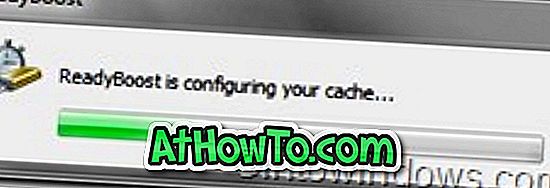

It’s most effective for systems which have lower RAM than the ones which have 4- 8 GB of RAM installed. While most Windows users have no clue what ReadyBoost is, those still using it swear by it. So when your RAM is full, Windows moves the cache to the PageFile which is then processed much faster on a USB drive than the hard disk, thus improving the overall speed. It also leverages the inherent advantage of two parallel sources from which to read data, whereas Windows 7 enables the use of up to 8 flash drives at once, allowing up to 9 parallel sources – thus improving the speed dramatically. The core idea of ReadyBoost is that a flash drive has a much faster seek time than a typical magnetic hard disk (less than 1 ms), allowing it to satisfy requests faster than reading files from the hard disk.

For those with little RAM in a computer, ReadyBoost could make a difference in some situations in how it performed. This helps improve the amount of physical memory available and increases the productivity of the hard drive installed in a system. ReadyBoost allows a Windows user to utilize a USB drive to help cache memory.
#WHAT IS READYBOOST FOR WINDOWS 7 UPGRADE#
Back when Vista was released, RAM was still pricey and this caused a lot of consumers to opt to stick with XP and not make the upgrade to Vista. When Windows Vista was released, Microsoft introduced the concept of ReadyBoost as a sort of alternative to spending more money on RAM.


 0 kommentar(er)
0 kommentar(er)
